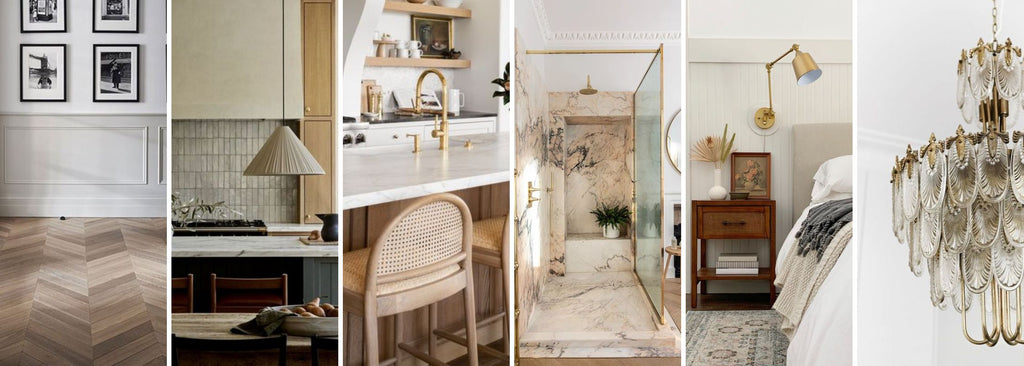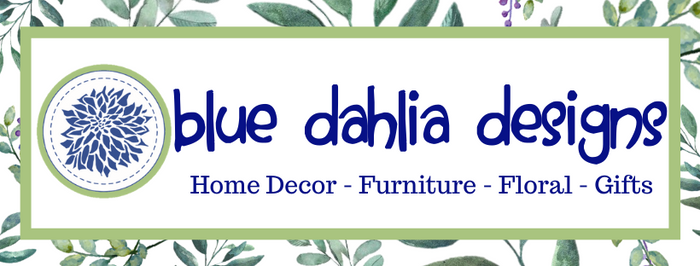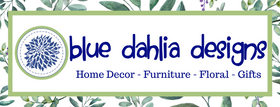A Quick Guide To Transitional Design

Transitional Design is defined as a balance between traditional and modern styles. With cleaner silhouettes and more muted colors, transitional style takes the classic pieces of traditional design and updates them for a more casual feel. Wood tones are lighter and often lacquered, while fabrics are tonal and textured.


Transitional design focuses on comfort and balance. To create that warm and inviting atmosphere, this design style utilizes warm neutrals as its main color palette. When using color, a monochromatic palette can be used by choosing 4-5 tones of the same color. This keeps the space from pulling too much attention to one design aspect over the others.


Because transitional design is a blend of traditional and modern, it blends patterns from both styles. While you may find the traditional motifs, they will be modernized by using a tone on tone color palette. Ornamental rugs will be in softer colors and have a more distressed pattern.


Comfort is key in transitional design, so the fabrics used in this style are an important element to accomplishing that. Often textural and plush, fabrics like linen, boucle, buttery leathers, brushed velvet, and cashmere work well together in these spaces to provide warmth.


Transitional design mixes finishes to create a well rounded and cohesive design. The way to do this is by mixing metals, glass, and natural elements throughout the space. Textured glass, rattan, marble, brushed metal, and lacquered wood are all common finishes used in transitional design.


Architectural Elements found in transitional design are often simpler versions of those found in traditional design. While traditional design features heavily detailed crown moldings, transitional design will use crown molding with simpler lines. Wall paneling will have a modern twist as opposed to those found in traditional design. Ceiling details will still be found, but with less ornate detailing. Arches are also common in transitional design- arched doorways, arched windows, and other arch details add to the soft, comfortable feel of this style.








Leave a comment